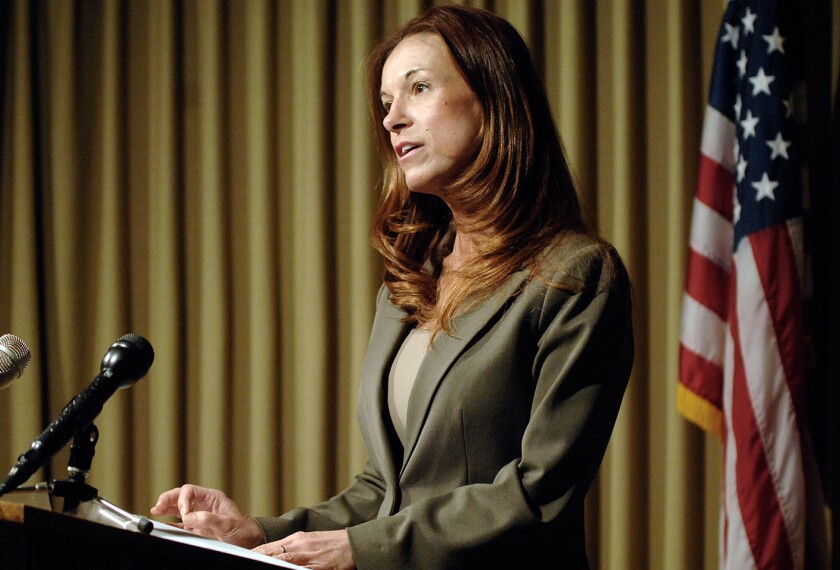Eight districts in North Carolina will share four new high schools focused on international studies, as the state expands its drive to prepare students for the global marketplace, Gov. Michael F. Easley has announced.

The schools—part of the state’s New Schools Project for improving secondary education, financed by an $11 million grant from the Bill & Melinda Gates Foundation—will eventually enroll about 400 students each. They will be housed at existing high schools, but follow a small-schools model. The districts will share $185,000 in planning grants and are scheduled to open the new programs in the 2006-07 school year.
“We’re excited that this is an important enough issue to offer the opportunity for schools dedicated to international studies,” said Millie Ravenel, the director of the Center for International Understanding at the University of North Carolina.
The center, along with the New York City-based Asia Society, will be involved in planning and providing support for the schools. While a number of high schools in the state offer the International Baccalaureate program, a few schools throughout the state focus exclusively on international studies for all students, Ms. Ravenel said.
“These [new] schools will offer the students almost an opportunity to be immersed in another culture without having to leave home,” she said.
Building Expertise
The center was instrumental in the release of a plan this past spring for expanding global studies for students throughout the Tar Heel State. (“International Studies a Hard Sell in U.S.,” April 20, 2005.)
Drafted by a task force of 100 prominent ���Ķ���vlog, policymakers, and business leaders, the plan calls for an “internationalization” of the school curriculum in order to prepare North Carolina’s 1.3 million students “to be citizens, workers, and leaders in the global age of the 21st century.”
The new schools will serve students from a mix of urban, suburban, and rural districts, including the Alamance-Burlington, Chapel Hill-Carrboro, Charlotte-Mecklenburg, Durham, Johnston, Onslow, Orange, and Wake districts. They will open with 100 freshmen each and add 100 new students each year until grades 9-12 are represented.
The schools will offer a college-preparatory curriculum, with additional foreign-language requirements. World geography, global economic issues, and international content will be integrated across subjects. Students will be expected to study and build expertise in at least one region of the world or on a particular global issue.
A community-service requirement and opportunities for students to work in businesses will also be incorporated into the curriculum.
“The growth of international business and research across North Carolina and the nation demands a workforce that is aware of and connected to other regions of the world,” Gov. Easley, a Democrat, said in announcing the new schools this month. “Students will graduate from international-studies high schools with an understanding of how to compete and succeed in a global economy.”
North Carolina boasts a number of global-studies elementary and middle schools, as well as the prominent Center for International Understanding, which sponsors training on international issues and study trips abroad for thousands of teachers. The state received an award from the Asia Society two years ago for its commitment to international education.
The New Schools Project, located in Raleigh and launched in 2003, is expected to create “100 new and redesigned high schools” in the state, according to Mr. Easley’s office.
The governor has also launched an initiative called Learn and Earn, which places high schools on college campuses and allows students to earn credits toward college while pursuing their diplomas.
Five such early-college high schools are already operating in North Carolina, and 10 more are slated to open in the fall. (“College-Based High Schools Fill Growing Need,” May 25, 2005.)




